Vittala Temple is a true representative of human craftsmanship. Dedicated to Lord Vitthala or Lord Vishnu the Vijaya Vittala temple is a wonderful monument situated at Hampi. Built mainly by Dravidian architecture the temple has all the stuff that a typical south Indian Temple would have.
Shrine’s History
The renowned Vittala Temple dates back to the 15th century. It was built during the reign of King Devaraya II , one of the rulers of the Vijayanagara Empire. Several portions of the temple were expanded and enhanced during the reign of Krishnadevaraya , the most famous ruler of the Vijayanagara dynasty. He played a significant role in giving the monument its present look. The Vittala Temple is also known as Shri Vijaya Vitthala Temple. It is dedicated to Lord Vitthala, an incarnation of Lord Vishnu.
An idol of Vitthala-Vishnu was enshrined in the temple. Legend has it that the temple was built as an abode for Lord Vishnu in his Vitthala form. However, the Lord had found the temple to be too grand for his use and had returned to live in his own humble home.
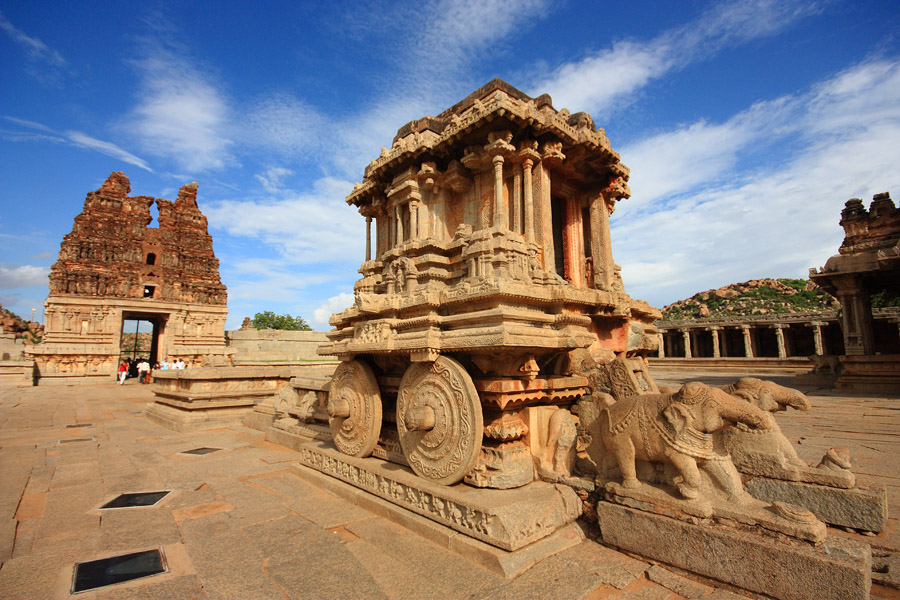
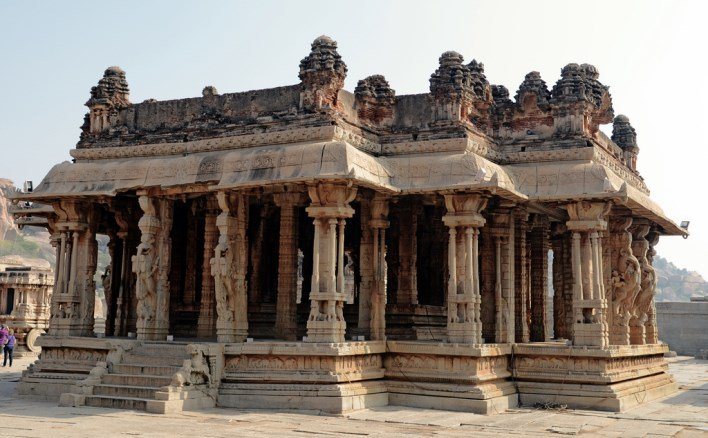
Architectural Relevance of This Shrine
The Vittala Temple is presumed to be the grandest of all temples and monuments in Hampi. The temple exemplifies the immense creativity and architectural excellence possessed by the sculptors and artisans of the Vijayanagara era. The Vittala temple is built in the Dravidian style of architecture. It has traits and features that are characteristic of typical south Indian temple architecture. Its elaborate and artistic carvings and magnificent architecture is unmatched by any other structure found in Hampi.
It is believed that the main shrine of the temple originally had one enclosed Mantapa. An open Mantapa was added to it in the year 1554 A.D. The temple complex is a sprawling area that is surrounded by high compound walls and three towering gateways. The temple complex has many halls, shrines and pavilions located inside it. Each of these structures is made of stone and each structure is a beauty in itself. Notable among these structures is the shrine of the Goddess , Maha Mantapa or main hall , Ranga Mantapa, Kalyana Mantapa , Utsava Mantapa , and the famous Stone Chariot.
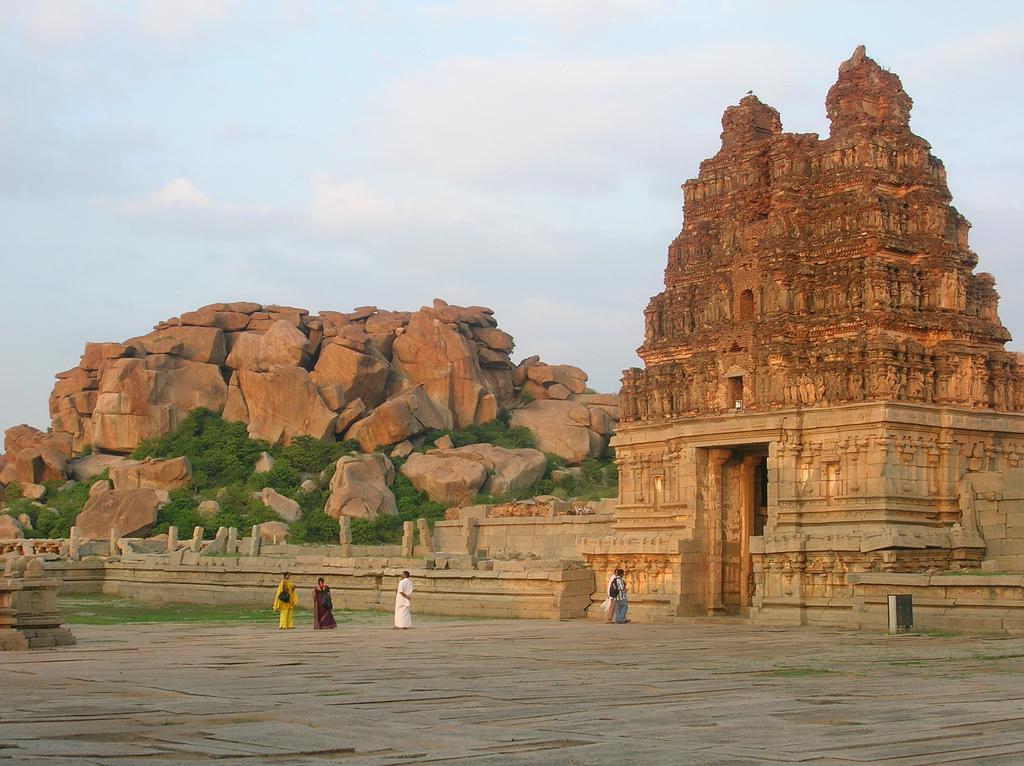
Shrine’s Map Location and How to Go There
By Road
The Nearest Bus stop is Hampi.Hampi has a good road network and is connected to many towns and cities in Karnataka by this network. There are a lot of government and private buses that travel between Hampi and several towns and cities in the state.
By Rail
The Nearest Railway station is Hosapete 10 KM.The Hospet Junction Railway Station is connected to several other towns and cities of Karnataka by means of regular trains.
By Air
The Nearest Airport is Bellary 63 KM.
Shrine Timings
8:30 AM to 5:30 PM
Extra Information About this Shrine
Among the main attractions of the Vittala Temple are
Maha Mantapa: The Maha Mantapa or main hall of the Vittala Temple is situated in the inner courtyard of the temple complex. It is a structure of immense beauty and is situated on a highly ornate base. The base is decorated with carvings of warriors, horses, swans and several other ornamental designs. The Maha Mantapa comprises of four smaller halls. The steps on the eastern side of the Maha Mantapa are decorated with elephant balustrade. There are forty pillars lining the facade of the temple.
Each of these pillars has a height of 10 feet. The central part of the Maha Mantapa has sixteen intricately decorated pillars having beautiful sculptures of Narasimha and Yali. These set of sixteen pillars forms a rectangular court. The ceiling of the Maha Mantapa is a richly designed structure. The beautifully sculpted ornate pillars of the Maha Mantapa exemplify the splendour of this magnificent temple.
Stone Chariot: The Vittala Temple Complex has the richly sculpted Stone Chariot, which is considered to be the most stunning architecture of the Vijayanagara kingdom. The Stone Chariot or Ratha stands in the courtyard of the temple. It is one of the three famous stone chariots in India. The other two chariots are situated in Konark and Mahabalipuram . The Stone Chariot of Vittala Temple is actually a shrine that has been designed in the shape of an ornamental chariot. The shrine is dedicated to Garuda and had an image of Garuda enshrined into the sanctum. As per Hindu mythology, Garuda is the carrier of Lord Vishnu.
The Musical Pillars of the Ranga Mantapa: The Ranga Mantapa is one of the main attractions of the Vittala Temple. The large mandapa is renowned for its 56 musical pillars. These musical pillars are also known as SAREGAMA pillars, indicating the musical notes emitted by them. The musical notes and emanated when the pillars are tapped gently. There are a set of main pillars and several sets of minor pillars inside the Mantapa.
Each main pillar provides support to the ceiling of the Ranga Mantapa. The main pillars are designed as musical instruments. Every main pillar is surrounded by 7 minor pillars. These 7 pillars emit 7 different musical notes from the representative musical instruments. The notes emanating from these pillars vary in sound quality depending on whether the instrument is a percussion, string or wind instrument.

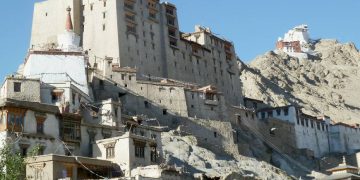

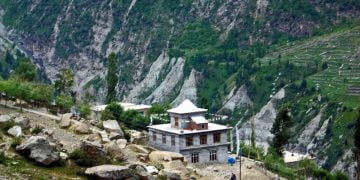
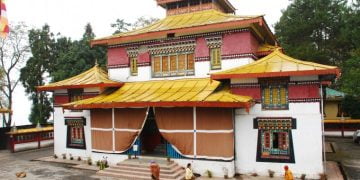

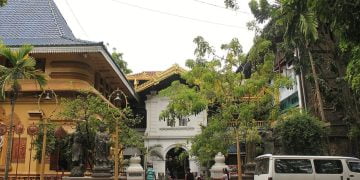

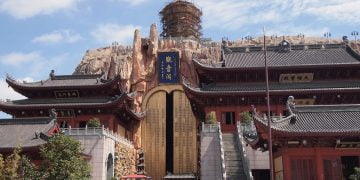
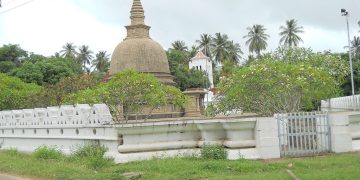
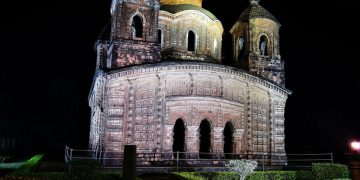
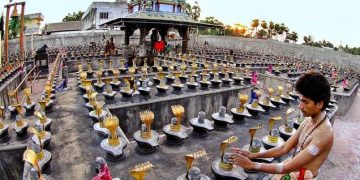

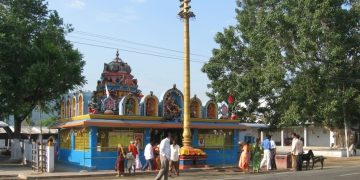
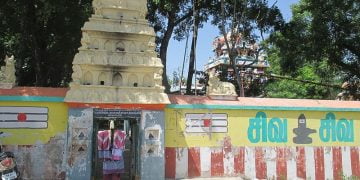
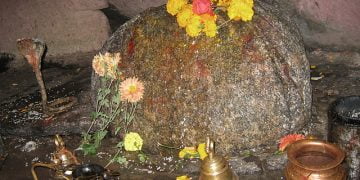
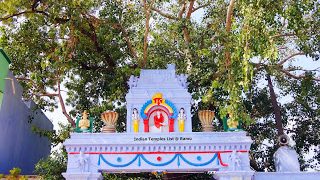
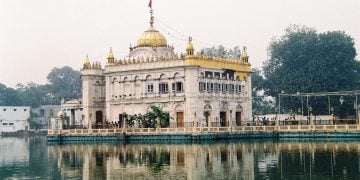
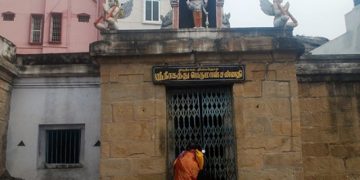
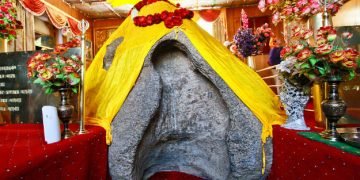
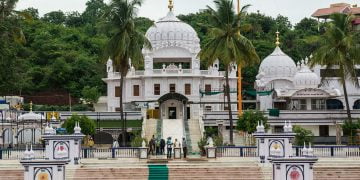

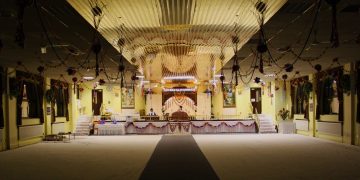
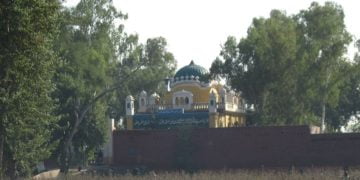
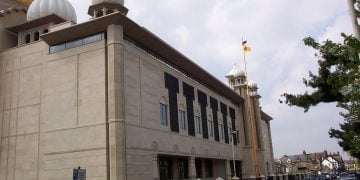
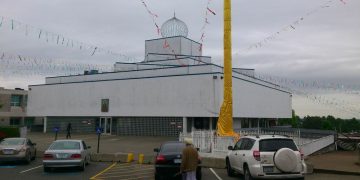
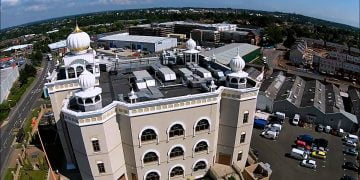

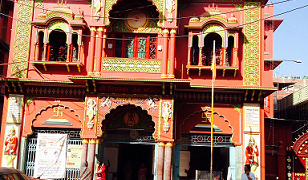
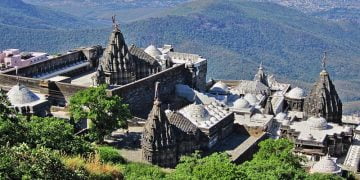
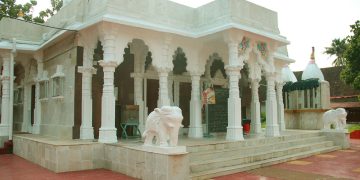
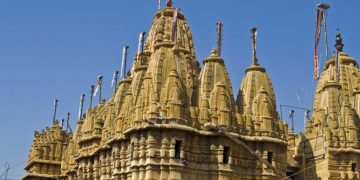
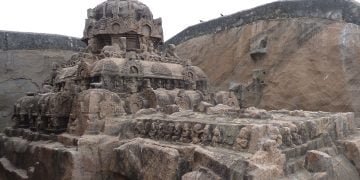
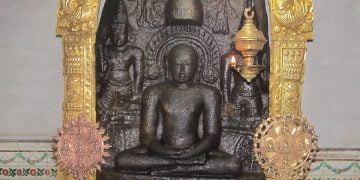
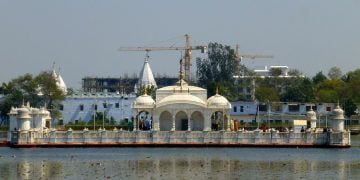

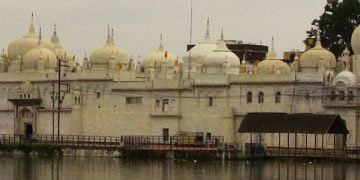

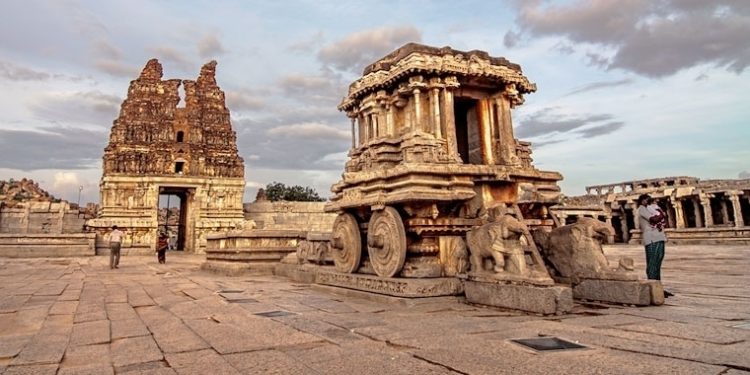

Discussion about this post